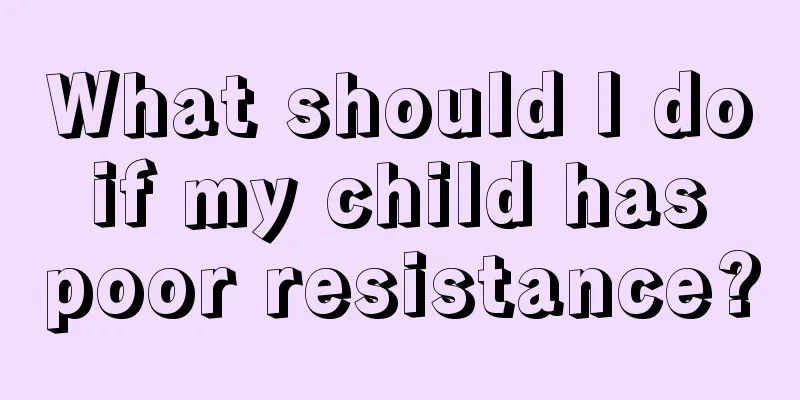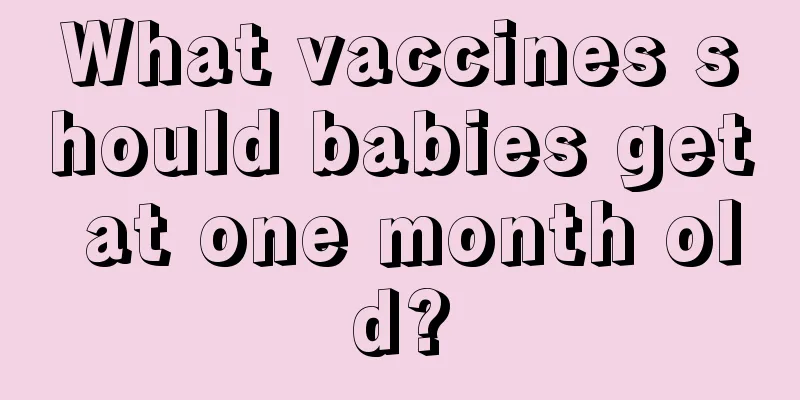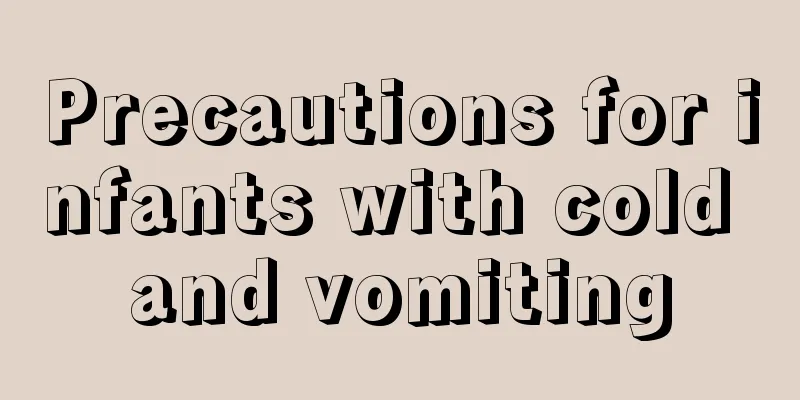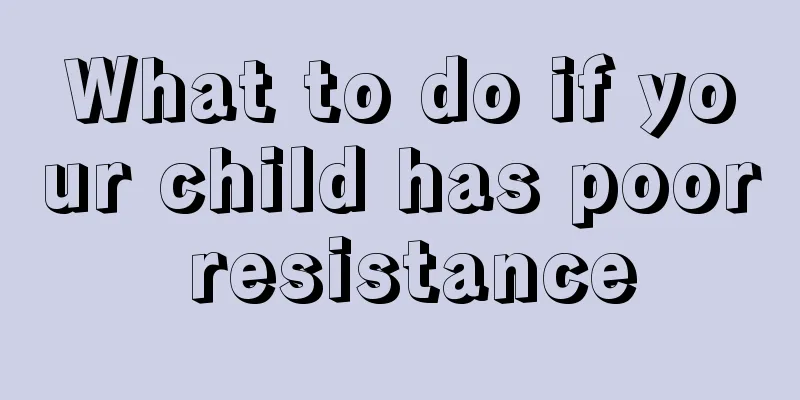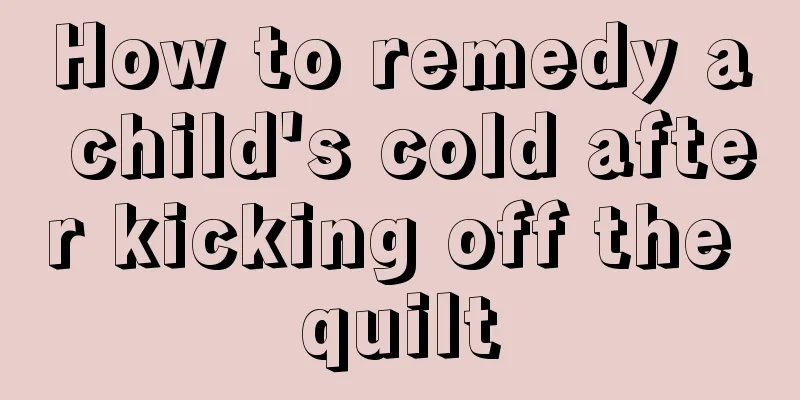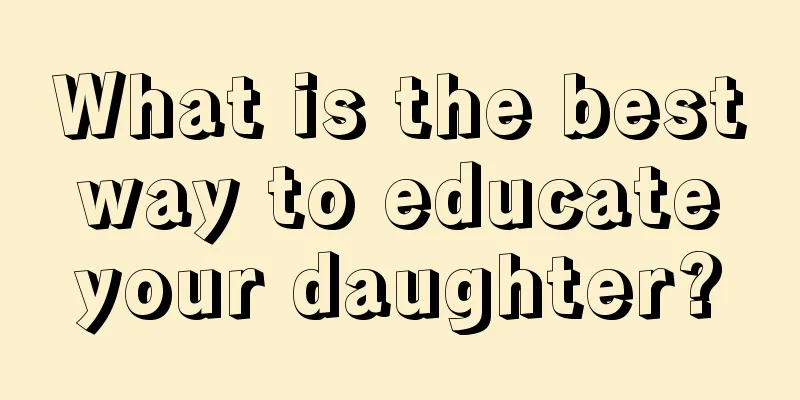Is rubella contagious in children? How to treat and prevent it?
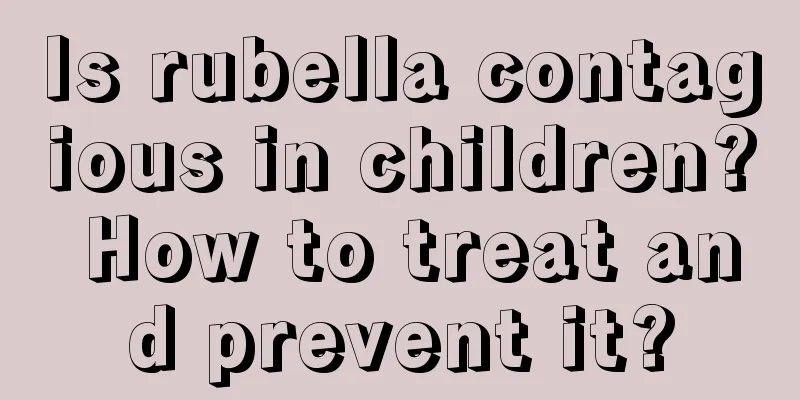
|
Whether rubella in children is contagious, as well as some of its treatment and prevention issues, are things that every parent should know and understand. Because only if we pay attention to the knowledge and understanding of these common sense can we effectively help children avoid and resolve these injuries as much as possible. So below we will introduce to you whether rubella in children is contagious, as well as effective solutions. Rubella in children is an acute respiratory infectious disease caused by rubella virus. Its clinical features include mild inflammation of the upper respiratory tract, fever, red maculopapular rash all over the body, and enlarged lymph nodes behind the ears, behind the occipital bone, and in the neck. The condition is mild and the prognosis is good. The rubella virus has very weak vitality outside the body and is as contagious as measles. It is usually spread through coughing, talking or sneezing. During the fever period, you should rest in bed, strengthen care, keep the indoor air fresh, and give vitamins and nutritious and easily digestible food. People with high fever and headache can use antipyretic analgesics. If you have a sore throat, you can gargle with a compound boric acid solution, and if you have a cough, you can use expectorants and cough suppressants. For patients with severe conditions, antiviral treatments such as ribavirin and interferon can be used. General treatment and symptomatic treatment During the fever period, you should rest in bed, strengthen care, keep the indoor air fresh, and give vitamins and nutritious and easily digestible food. People with high fever and headache can use antipyretic analgesics. If you have a sore throat, you can gargle with a compound boric acid solution, and if you have a cough, you can use expectorants and cough suppressants. Antiviral therapy For patients with severe conditions, antiviral treatments such as ribavirin and interferon can be used. Treatment of complications For patients with concurrent encephalitis, treatment should be based on the principles of Japanese encephalitis. Mild arthritis does not require treatment. Local pain can be treated with sedatives, local hot compresses or physical therapy. Patients with severe purpura bleeding tendency can be treated with glucocorticoids and, if necessary, transfusion of fresh blood and platelets. Parents need to pay special attention to the treatment and prevention of rubella in children, because such diseases have a great impact and harm on children's health. If we neglect treatment, it may cause other impacts and harm. |
<<: What are the consequences of meningitis in children?
>>: What are the characteristics of urticaria in children
Recommend
What should I do if my child doesn't gain weight after eating?
In daily life, it is very common for babies to no...
What should children drink to grow taller
Although we all know that how tall a person can g...
How to care for the fontanelle of a newborn?
The fontanelle is extremely important for newborn...
What are the reasons for a two-year-old and three-month-old baby's height and weight being overweight?
The health of babies is a big issue that affects ...
What should I do if my child keeps coughing?
Once a child starts coughing, we all feel very wo...
What is the cause of heel pain in a 10-year-old child?
Children are in a lively and active period, so it...
Methods to enhance children's immunity
In fact, people's lives are quite busy nowada...
Can children with autism be cured?
Parents of children with autism find it particula...
What are the legal provisions for child custody?
In real life, many families have broken up, espec...
What causes transparent blisters on the soles of babies' feet?
If a child develops transparent blisters on the s...
What should I do if my baby still can't crawl at eight months old?
From the moment the baby is born, his every move ...
How to enhance your baby's immunity
When a baby is just born, his or her own resistan...
What causes stubborn constipation in children?
Many people will have some constipation. When con...
Are Urinary Tract Infections in Newborns Serious?
Urinary tract infection is a very common disease ...
Is it OK for children to wear silver bracelets?
Children are the focus of the whole family's ...
